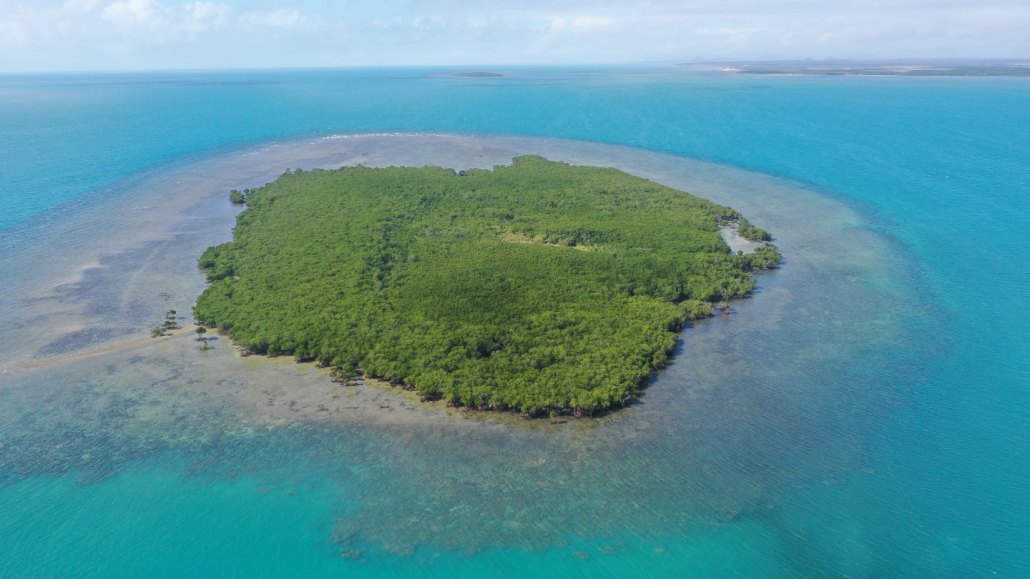
Australia's Howick Islands (one pictured) were built on top of ancient coral reef debris and are now home to a diverse mangrove forest ecosystem.
Sarah Hamylton

Australia's Howick Islands (one pictured) were built on top of ancient coral reef debris and are now home to a diverse mangrove forest ecosystem.
Sarah Hamylton